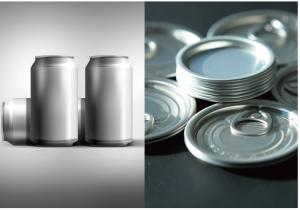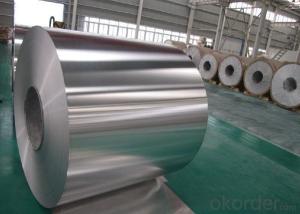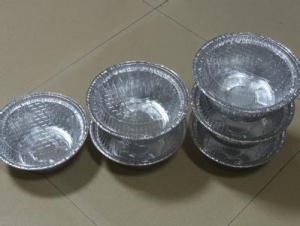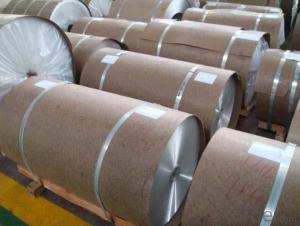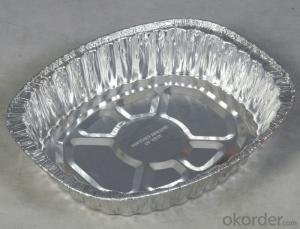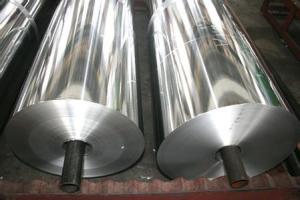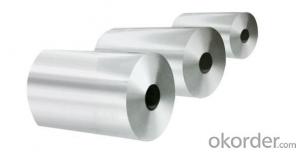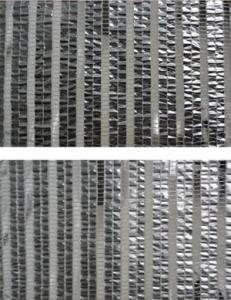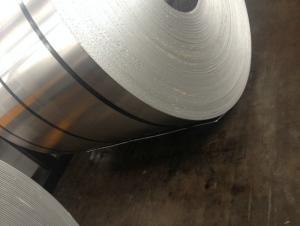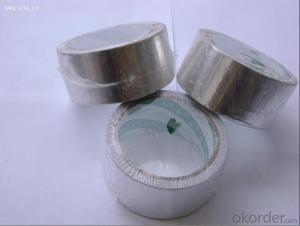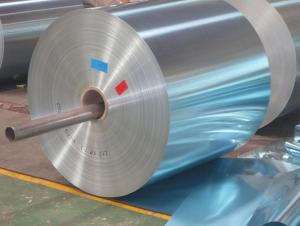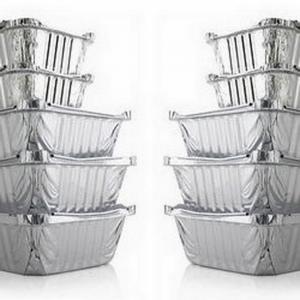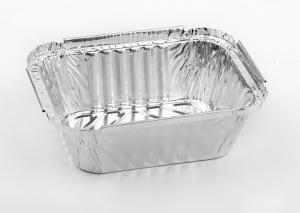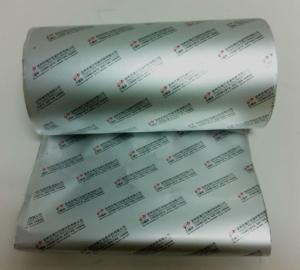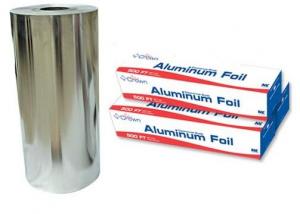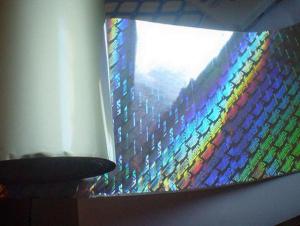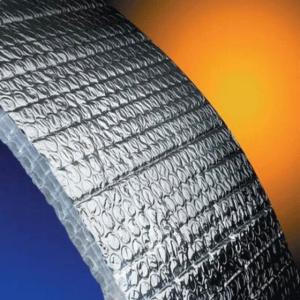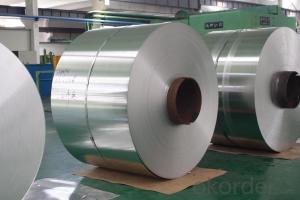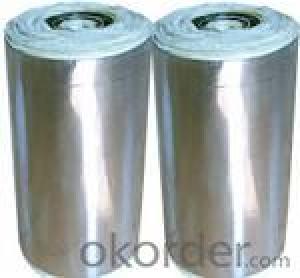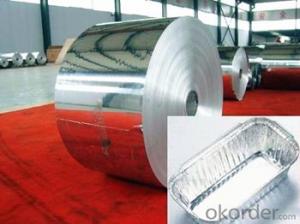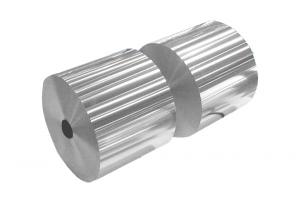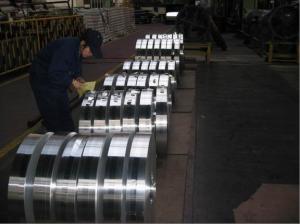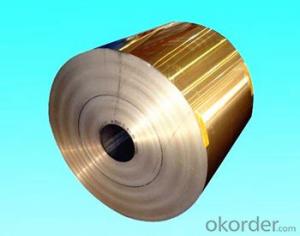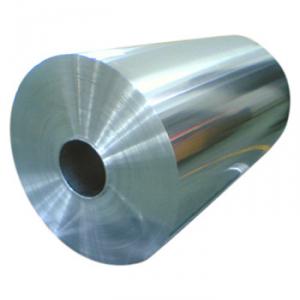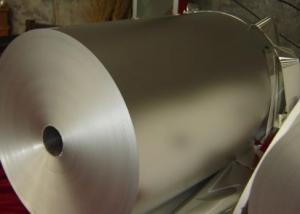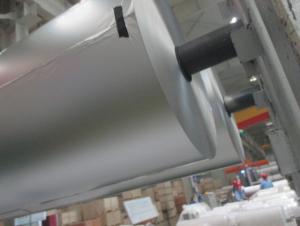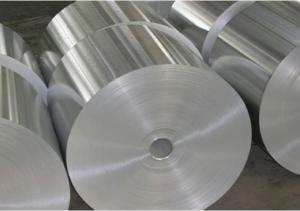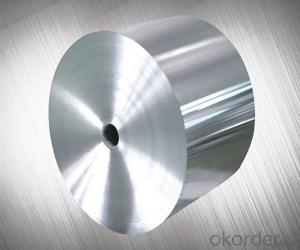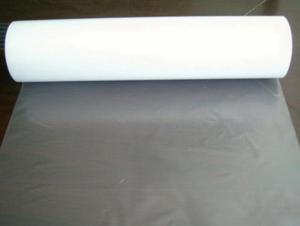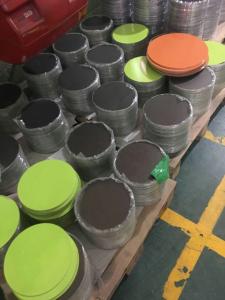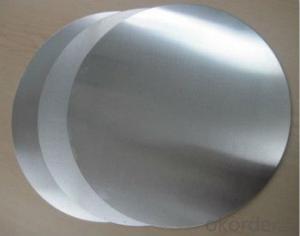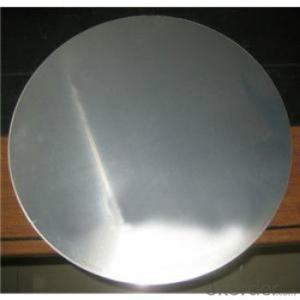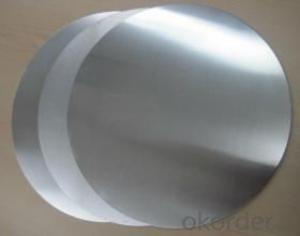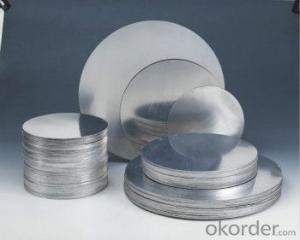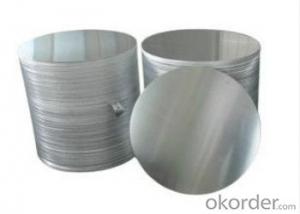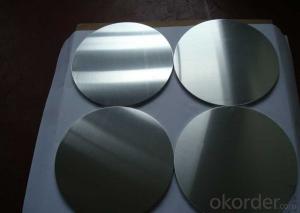24 Inch Aluminum Foil
24 Inch Aluminum Foil Related Searches
24 Inch Wide Aluminum Foil 24 Aluminum Foil Aluminum Foil 24 24 Wide Aluminum Foil 24 Heavy Duty Aluminum Foil 24 Aluminum Foil Roll Aluminum Foil 25 Sq Ft 250 Sq Ft Aluminum Foil 250 Ft Aluminum Foil 18 Inch Aluminum Foil Aluminum Foil 250 Ft Aluminum Foil 250 Sq Ft 30 Inch Wide Aluminum Foil Aluminum Foil 250 Aluminum Foil 18 Inch 36 Inch Wide Aluminum Foil 18 Inch Wide Aluminum Foil 18 Aluminum Foil 18 In Aluminum Foil High Quality Aluminum Foil Polished Aluminum Foil 12 Micron Aluminum Foil Aluminum Paper Foil 200 Sq Ft Aluminum Foil 36 Gauge Aluminum Foil 30 Micron Aluminum Foil Large Size Aluminum Foil Width Of Aluminum Foil 200 Ft Aluminum Foil Aluminum Foil Coated24 Inch Aluminum Foil Supplier & Manufacturer from China
24 Inch Aluminum Foil is a versatile product made from thin sheets of aluminum, known for its excellent heat resistance, moisture barrier properties, and ability to preserve food freshness. This product is widely used in various industries, including food packaging, pharmaceuticals, and household applications. It is an essential item in many kitchens, as it is used for cooking, food storage, and even for crafting purposes.The 24 Inch Aluminum Foil is particularly useful in a variety of cooking methods, such as baking, roasting, and grilling. It helps to prevent food from sticking to the cooking surface, while also protecting it from direct heat and moisture. This ensures that the food remains tender and retains its flavor. Additionally, it is commonly used for wrapping food items to maintain their freshness and prevent spoilage, making it an indispensable item in both commercial and residential settings.
Okorder.com is a leading wholesale supplier of 24 Inch Aluminum Foil, offering a vast inventory to cater to the needs of various businesses and individuals. Our commitment to quality and customer satisfaction ensures that we provide the best products at competitive prices. Whether you are a restaurant owner, a caterer, or simply a home cook, Okorder.com is your go-to source for all your aluminum foil requirements.
Hot Products

